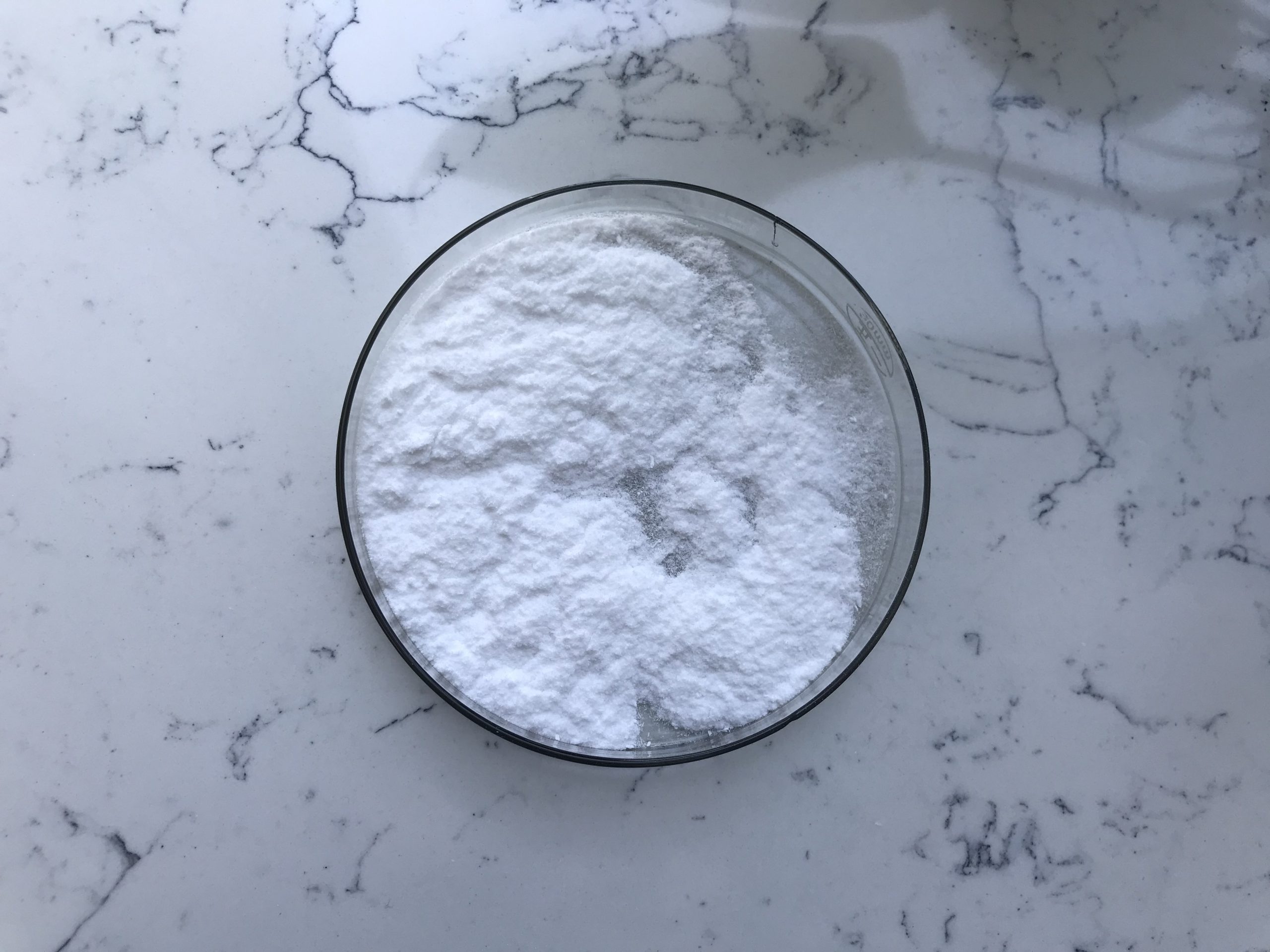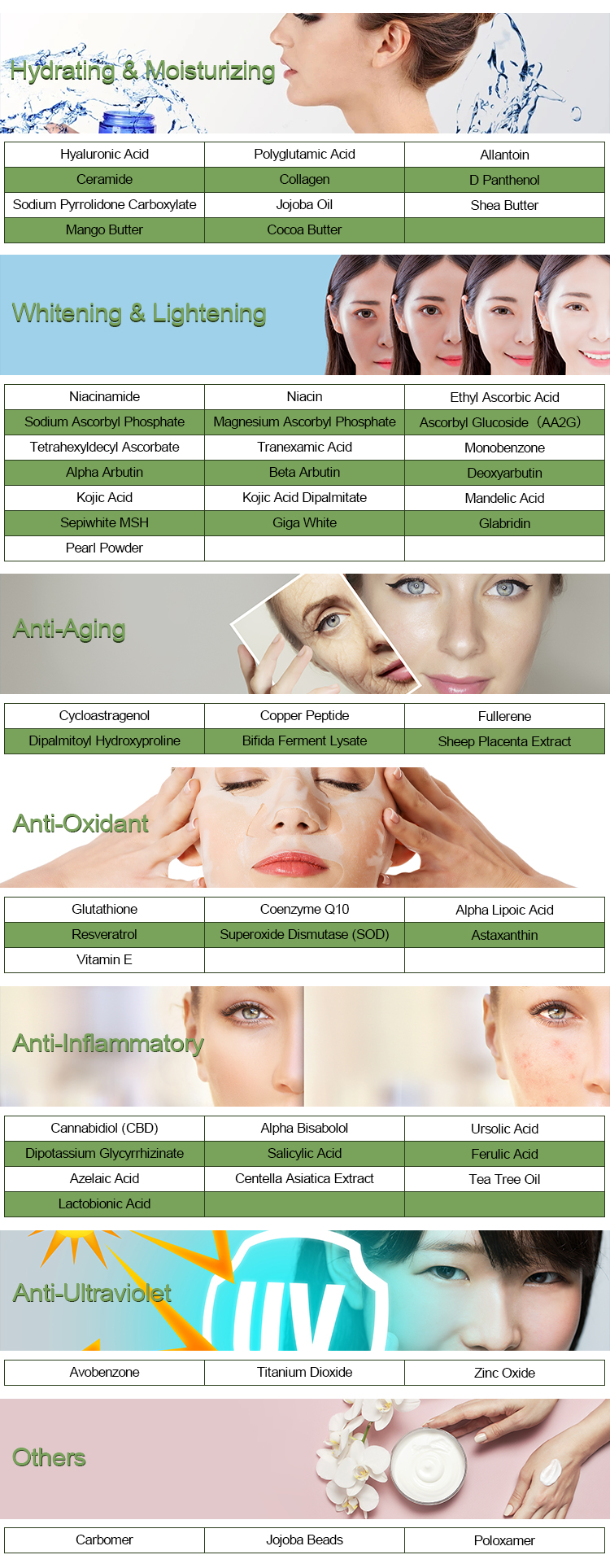Beta arbutin is a naturally occurring compound often used in skincare for its skin-brightening properties. Here’s a basic overview of its preparation method:
Preparation of Beta Arbutin
- Starting Materials: The synthesis typically begins with hydroquinone and glucose or a glucose derivative.
- Chemical Reaction: The process involves a glycosylation reaction where hydroquinone is treated with an appropriate glycosyl donor, often using an enzyme or acid catalyst.
- Conditions: The reaction usually occurs under controlled conditions to optimize yield and purity. It may require specific temperature and pH levels.
- Purification: After the reaction, the product mixture is purified through methods like crystallization or chromatography to isolate beta arbutin from other by-products.
- Characterization: The final product is characterized using techniques such as NMR (Nuclear Magnetic Resonance) spectroscopy and HPLC (High-Performance Liquid Chromatography) to confirm its structure and purity.

Safety Considerations
Always ensure proper safety measures, including the use of gloves, goggles, and working in a fume hood, as some starting materials and reagents can be hazardous.
If you’re considering using beta-arbutin in formulations, sourcing it from reputable suppliers might be more practical than synthesizing it yourself, especially due to the complexity of the synthesis process.
Synthesis of Beta Arbutin
Beta arbutin, a derivative of hydroquinone, is commonly used in skincare for its skin-brightening properties. It can be synthesized through several methods, but one common synthetic route involves the following steps:
Starting Materials:
1.Hydroquinone: The precursor for beta arbutin.
2.Glucose or a glucose derivative: This serves as the source of the sugar moiety in beta arbutin.
General Synthesis Steps:
1.Protection of Hydroquinone:
- Hydroquinone is often protected to prevent unwanted reactions. This can involve converting it into a more stable derivative, such as a methoxy or acetyl derivative.
2.Glycosylation:
- The protected hydroquinone is then reacted with a glucose derivative in the presence of an acid catalyst or a Lewis acid. This step forms a glycosidic bond between the hydroquinone and the sugar, resulting in the formation of beta arbutin.
- An example of a reagent for this step is a chlorinated sugar derivative or glycosyl donors.
3.Deprotection:
- After the glycosylation reaction, the protecting groups (if used) are removed under suitable conditions to yield beta arbutin.

Purification:
The final product can be purified through recrystallization or chromatography to achieve the desired purity.
Alternative Methods:
Other methods may involve enzymatic synthesis using glycosyltransferases or biotransformations, which can offer more environmentally friendly routes.
Safety and Considerations:
- All reactions should be performed in a controlled environment with appropriate safety precautions, including the use of personal protective equipment (PPE).
- Waste disposal must adhere to local regulations regarding chemical waste.
This synthesis is typically carried out in a laboratory setting and may require optimization based on specific reagents and conditions.
